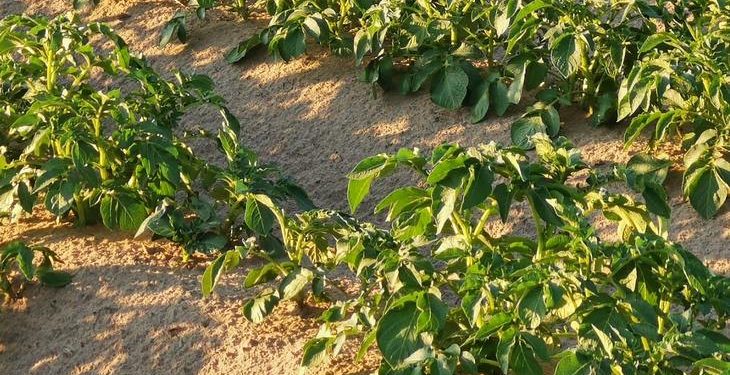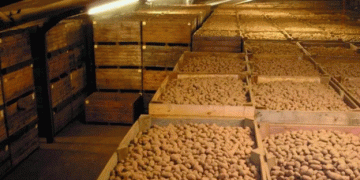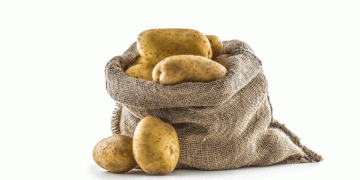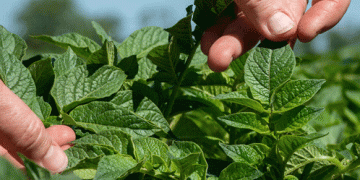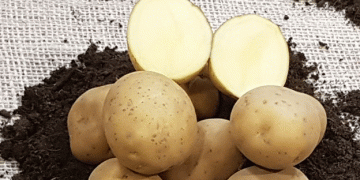The answer is simple: the potato root system is too weak at the start to reach the scattered soil granules, and the plant itself is relatively poor at absorbing soil nutrients compared to other crops.
Spraying potatoes with liquid foliar fertilizer has been proposed as an industry standard in the Netherlands. This initiative was taken by the Yara manufacturing company in an article published on the portal www.nieuweoogst.nl.
“Foliar application of phosphate is not yet a common practice in the Netherlands, although it is already standard practice in neighboring countries. A lot of research has been done on this. All trials show a clear effect: more uniform, larger tubers and a good yield increase.
There are various reasons why phosphate is temporarily or permanently poorly available to the plant.
Limited root system of potatoes
Phosphate is very immobile in soil. Phosphate particles are only taken up if they are less than a few millimeters from the roots. In general, the potato plant has a weak root system (most of the roots are in the top 30 cm). Especially at the beginning of the growing season, the root system is too small to come close to the already introduced phosphate. At this time, the scattering of the granules may not be sufficient.
Cold Spring
Low soil temperature at planting is a serious problem, as phosphate availability is directly related to soil temperature. In cold spring years, too little phosphate comes from the soil to give a good start to potatoes.
pH values
Between pH 6.5 and pH 7.5, phosphate becomes readily available to potatoes. A lower pH immediately creates an availability problem.
Why are phosphates so important? Phosphate gives energy. It is the basic building block for the molecules that form the basis of the photosynthesis process. Accordingly, in those moments when the potato spends a lot of energy on the formation and growth of tubers, it needs top dressing.
Phosphate through the leaf provides an immediate supply of energy at exactly the right time, supporting the plant.”
Indeed, as shown in various studies, potato roots usually stop developing between 60 and 90 days after planting, which is closely related to the end of new leaf development. As the plants divert resources to growing tubers, the root system is starved, although nutrient requirements are still relatively high.
Compared to other crops, potatoes are not very efficient at absorbing soil nutrients. For example, potatoes require 6-9 times the amount of available potassium in the soil to reach 90% of their yield potential than crops such as wheat or sugar beets.
Phosphorus is similar. While potatoes have a rather low total requirement for phosphorus (25 to 45 kg P/ha), more needs to be applied due to low uptake efficiency. And in terms of the cost of phosphate fertilizers, potatoes are superior to other crops.
This can be explained by the fact that potatoes have a relatively low density of total root length (about one quarter of wheat), and root hairs (they are responsible for the absorption of phosphorus) 21% of the total mass of potato roots compared to 30-60% in other crops.
